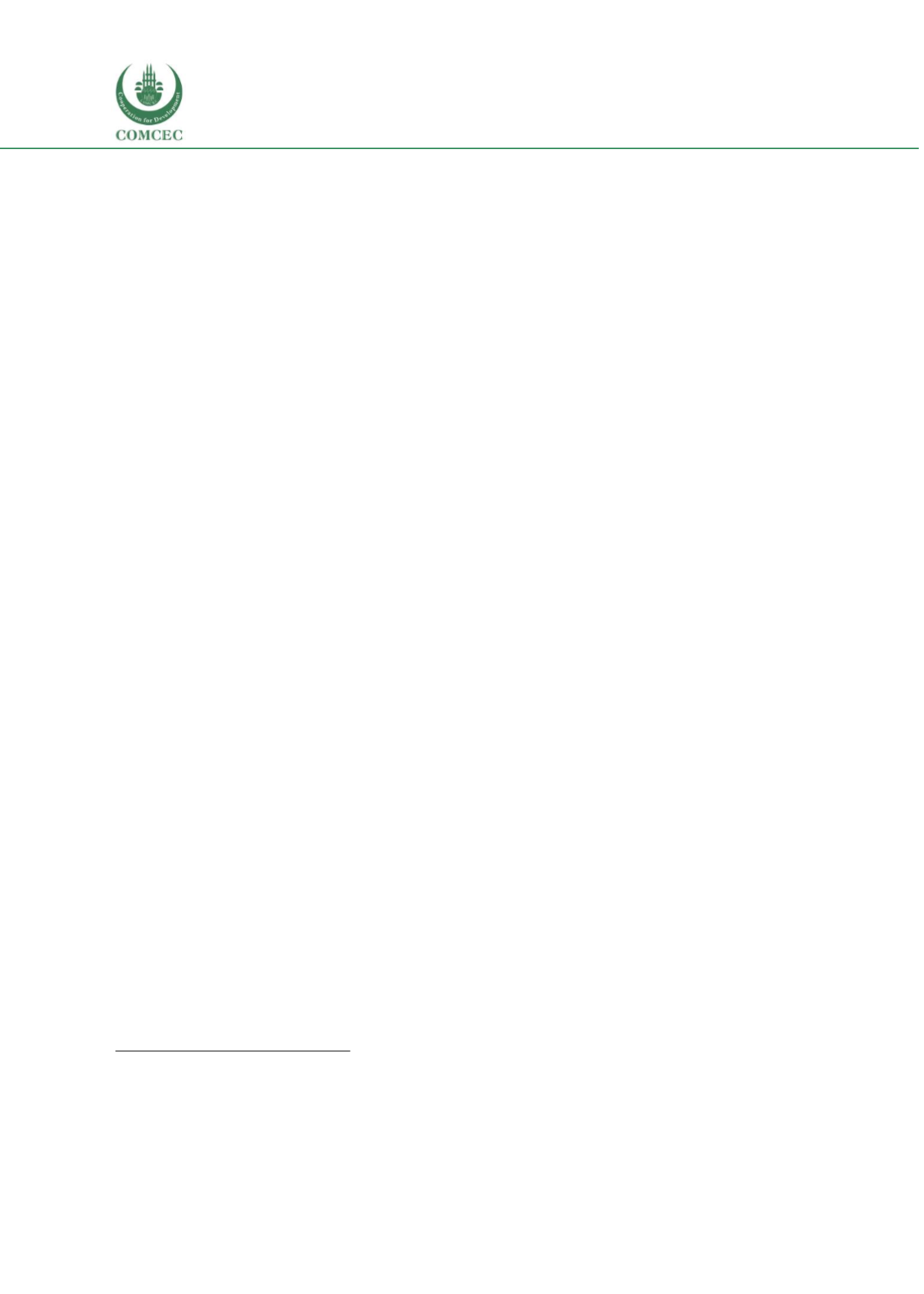

Education of Disadvantaged Children in OIC:
The Key to Escape from Poverty
166
Gender:
Being a girl was found to decrease the chances of going to school and finishing school in
1990. However, its negative impact decreased throughout the years. This corroborates the
findings in the correlations section.
Poverty and Education of Head of Household:
In line with the findings in Section 2.2, the
regression results show that belonging to a poor household or one with a head with no education
continues to decrease the likelihood of attending school or finishing school to a substantial degree.
Progress over time has mostly been in the attendance (not necessarily completion) rate for
children living in households in the 3
rd
and 4
th
wealth quintiles.
Household size and Language:
In 2012, both belonging to a household with 5 or more children
and speaking a language other than Urdu in the household have significant negative effects on a
child’s education outcomes.
Quality: Learning
In Pakistan, inequalities in access to education are also compounded by disparities in
learning achievements.
The improvements in access to schooling over the past 10-20 years
have not been accompanied by improvements in the quality of education or in learning
achievements. The Annual Status of Education Report (ASER)
425
reports on learning
achievements at different grades (Classes 1,3 and 5) of children in rural and urban areas and
across regions. The ASER findings include:
Urban/Rural trend:
The urban-rural disparities in learning favour urban children who perform
better than rural children at all grades. This can be due to a higher level of drop-outs in earlier
grades in rural areas. As seen in section 2.2, children living in urban areas are more likely to finish
5 years of education compared to children living in rural areas. However, the difference is highest
for the lower grade (Class 1), decreases in higher grades (Class 3) and becomes barely noticeable
at the highest primary grade (Class 5). This trend is true for both literacy (Se
e Figure 61–Panel
A) and numeracy (Se
e Figure 61-Panel B).
Low national achievements:
By Grade 5, while children living in rural and urban areas obtain
similar levels of literacy and numeracy, learning remains fairly low and of concern.
Literacy.
4 children out of every 10 children are still not able to read a story and 2 children out of
every 10 children cannot read a sentence (se
e Figure 61-Panel A).
Numeracy.
5 children out of every 10 children are still not able to complete a two-digit division
and 2 children out of every 10 children cannot complete a two-digit subtraction (se
e Figure 61-Panel B).
425
ASER - The Annual Status of Education Report is the largest citizen led; household based initiative that aims to provide reliable
estimates on the schooling status of children aged 3-16 years residing in all rural and few urban districts of Pakistan.
















